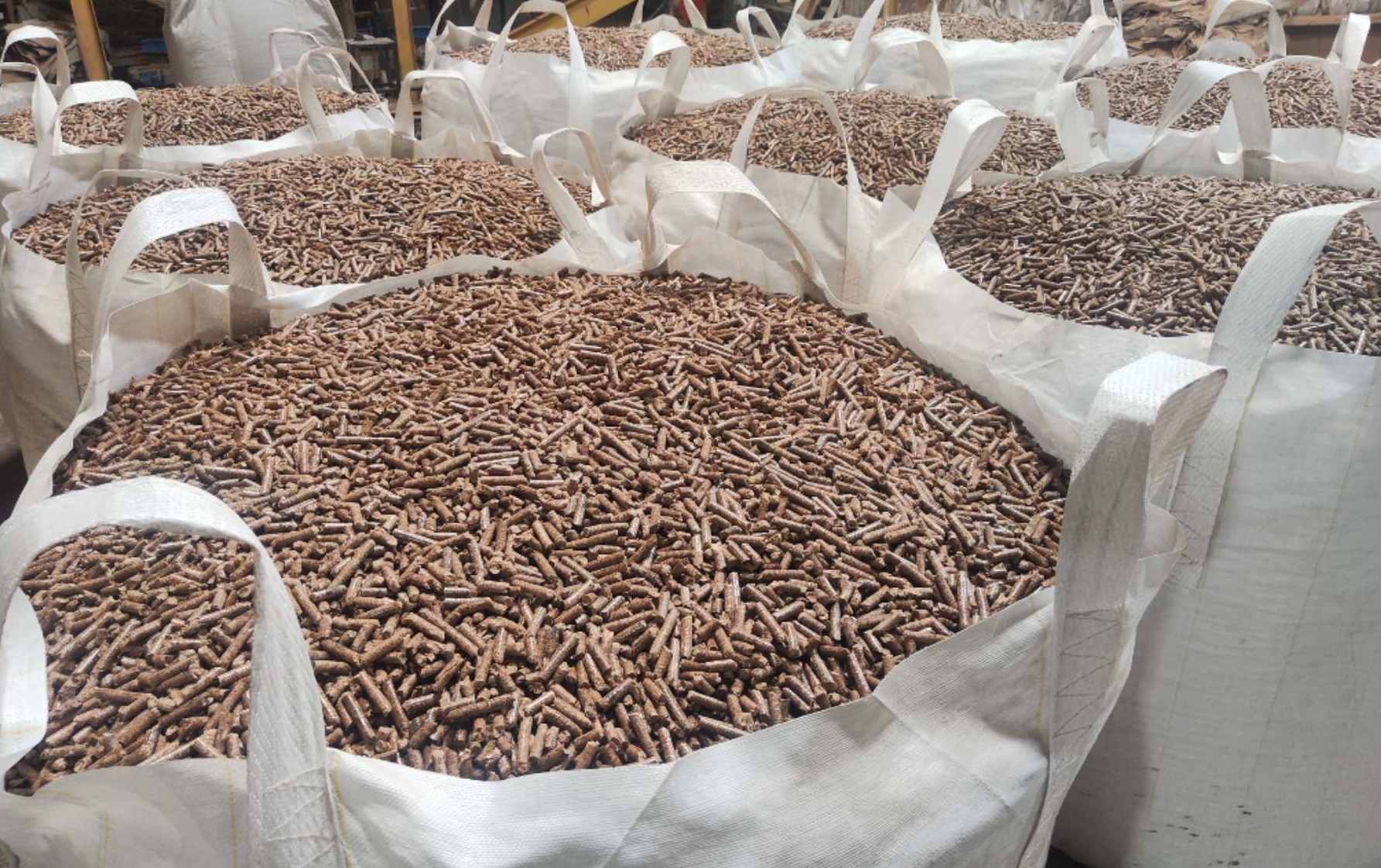Biomass pellet fuel is made of agricultural and forestry waste, covering many wastes such as straw, rice poles, firewood, wood chips, peanut shells, melon seed shells, beet meal, bamboo silk, rice bran, alfalfa vegetable, etc. After a series of fine processes, crushing, crushing, drying, granulating, cooling and packaging, these loose and amorphous raw materials are finally compressed into granular fuel.
Biomass pellets have significant advantages over traditional coal and natural gas. It is renewable, clean and environmentally friendly, has high combustion efficiency and has extremely low emission levels.
1. Multiple applications of biomass pellet fuels
In the civil field, biomass pellet fuel has become an ideal choice for heating and daily energy due to its high fuel utilization and easy storage. At the same time, it can also serve as the main fuel for industrial boilers, replace coal burning, and effectively solve environmental pollution problems. In addition, biomass pellet fuel can also be used for power generation, as a high-quality fuel for thermal power generation.

2. Future prospects of biomass pellet fuels
In the environment of high-pressure heating of biomass pelletizers, we carefully compress the agricultural and forestry waste such as straw and wood chips to make a solid-textured granular fuel. This fuel is not only suitable for civil stoves, but also for industrial boilers and household heating, so it is named biomass pellet fuel. It not only has the unique advantages of biomass fuels such as small ash and zero carbon dioxide emissions, but is also highly respected for its large specific gravity, stable combustion, high thermal efficiency and easy storage and transportation.
Biomass pellet fuel is a major scientific research achievement in the fuel field, fully demonstrating the magical charm of waste conversion.





















